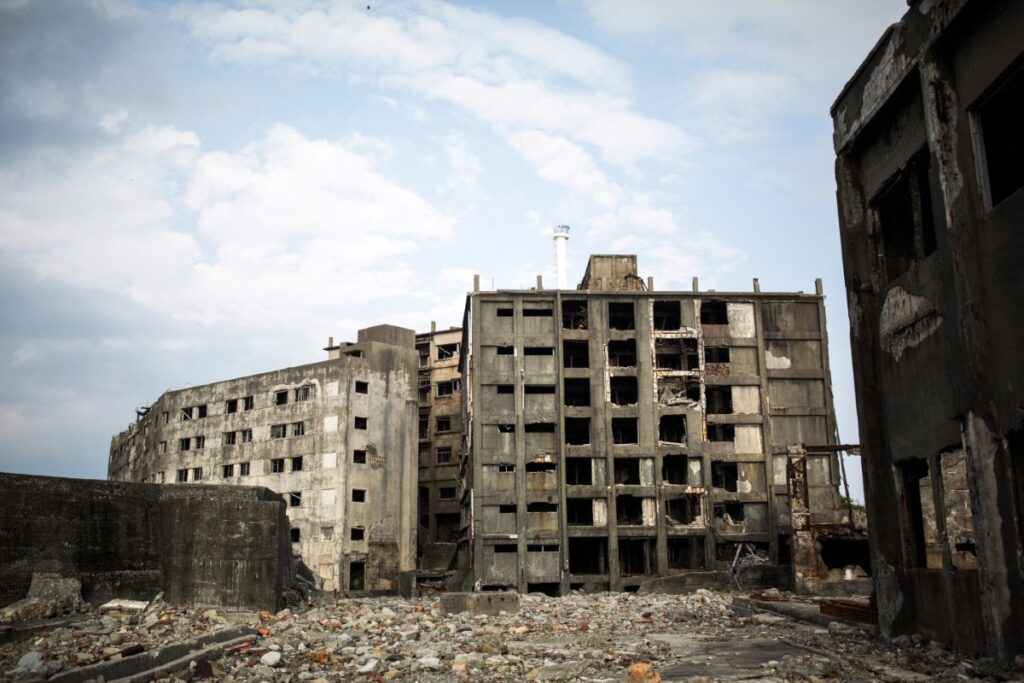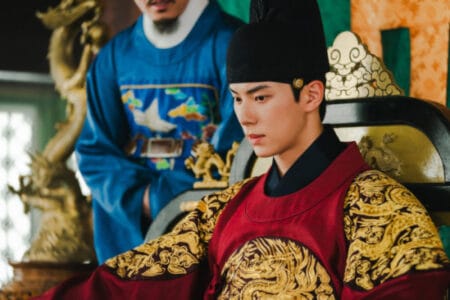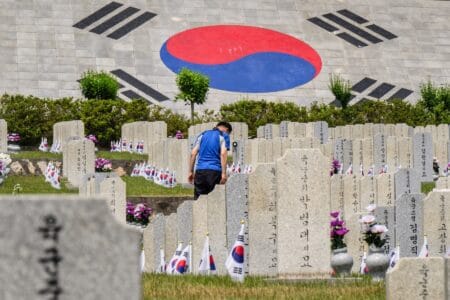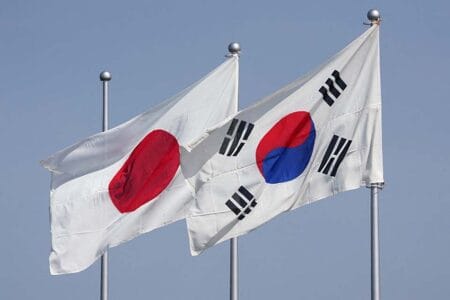July 9, 2025
SEOUL – South Korea lost its bid to spotlight Japan’s longstanding failure to fulfill its promise to address its historical enslavement of Koreans at locations now listed as World Heritage sites, after losing a UNESCO vote Monday.
The result was a stinging setback that exposed Seoul’s limited sway at UNESCO, as well as UNESCO’s lukewarm attitude to Seoul’s pursuit of historical justice.
For the first time, South Korea and Japan confronted each other in a formal vote at Monday’s session of the UNESCO World Heritage Committee in Paris, over a historical dispute stemming from Japan’s colonial rule of Korea from 1910 to 1945.
Seoul’s position was simple: Japan’s failure to fulfill the commitments it made a decade ago in 2015 — when 23 sites from Japan’s Meiji Industrial Revolution were added to UNESCO’s World Heritage List — should be addressed within the UNESCO platform.
During the session, the South Korean government delegation pointed out that the Industrial Heritage Information Center in Tokyo, which opened in March 2020, focused solely on glorifying Japan’s industrial achievements during the Meiji era (1868–1912), while neglecting the colonial-era history of forced labor involving Koreans.
“The materials on display still failed to reflect the experiences of Koreans and others who were brought against their will and forced to work under harsh conditions in the 1940s. This is not a minor omission — it silences the lived realities that official narratives too often exclude,” Ha Wie-young, the representative of the South Korean government delegation, said in English during the session.
“We also believe this discussion serves the World Heritage system. Interpretation shapes how heritage is understood, and thoughtful, historically grounded approaches are vital to upholding the Convention’s credibility and relevance.”
Seven of 23 sites, including coal mines on Hashima Island, also known as Battleship Island, are locations where numerous Koreans were forcibly mobilized and subjected to harsh conditins during Japan’s colonial rule over Korea from 1910 to 1945.
During the session, the Korean government delegation made last-ditch efforts to persuade other members of the WHC, taking the floor six additional times ahead of the vote to underscore the legitimacy of revisiting Japan’s unfulfilled pledge at UNESCO.
In contrast, the Japanese delegation remained silent throughout the debate, speaking only once during its opening statement.
Takehiro Kano, a representative from the Japanese delegation, argued that Japan’s unfulfilled commitments had “nothing to do with Outstanding Universal Value,” and maintained that bilateral dialogue between Korea and Japan — outside UNESCO — was the most appropriate way forward.
“Unlike in previous decisions, the World Heritage Committee did not request Japan to submit a State of Conservation report for examination by the World Heritage Committee, thus concluding the discussion,” Japanese Ambassador to UNESCO Kano said during the session.
Ha, from the Foreign Ministry in Seoul, immediately responded, “My distinguished colleague from Japan just mentioned that we are trying to reopen this case. However, to the best of my knowledge, this case has never been closed.”
South Korea initially proposed discussing the issue during the session of the World Heritage Committee that kicked off Monday. Japan later submitted an amendment to exclude the issue from discussion, which was eventually put to a vote.
However, of the 21 World Heritage Committee members, only three supported South Korea’s position, while seven backed Japan’s amendment. Eight countries submitted blank ballots, and three were deemed invalid.
With just six votes required for adoption under majority rule, Japan’s proposal passed, effectively blocking further discussion of its unfulfilled commitments.
South Korea’s defeat at UNESCO was not entirely unexpected, especially given the structural imbalance of power between Seoul and Tokyo within UNESCO.
South Korea ranks 14th in overall financial contributions to UNESCO. Japan ranks third — behind only the United States and China — with around $91.7 million pledged for the 2024–2025 period as of the first quarter this year, compared to South Korea’s $31.9 million.
This funding gap highlights the limits of Seoul’s leverage in key decision-making processes within the institution. The latest session laid bare that disparity.
The South Korean government delegation had to ask the same question multiple times — whether the matter of Japan’s unfulfilled commitments had been formally concluded — as UNESCO officials initially avoided giving a clear answer.
“I haven’t heard anything about my first question, so again: has this case ever been closed? My delegation would like to know what we are trying to do here,” Ha said. “It’s a simple question.”
Lazare Eloundou Assomo, director of the World Heritage Center, offered a procedural explanation that effectively echoed Japan’s claim that Tokyo’s failure to fulfill its historical pledge did not warrant further review at the current committee session.
The director explained that the issue is not a threat to a World Heritage site and not a threat to its Outstanding Universal Value and integrity and authenticity of the sites under UNESCO mechanisms.
“The conclusion of the review did not conclude to take the site back to its status of conservation … for examination by the World Heritage Committee, and this is what both the Secretariat and ICOMOS have concluded and communicated officially,” he said. “So, I hope this time I have been clear.”
In a somewhat cynical tone, Ernesto Ottone Ramirez, assistant director-general for Culture at UNESCO, responded, “Just to add: We are not a tribunal — there is no case. We don’t discuss cases; we discuss inscriptions and state of conservation.”
Ottone Ramirez went on to say that “it would take eight months to have this meeting” if the Committee were to review all 1,223 properties inscribed on the World Heritage List.
“That’s the answer. So it’s not a yes or no — and you know that very well.”







